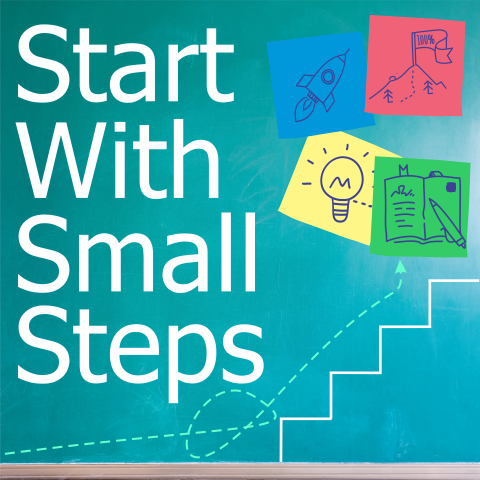Costs and incentives play crucial roles in shaping our decisions and behaviors. From economic implications to emotional and time investments, understanding these factors can help us make better choices in various aspects of our lives.
The Power of Incentives
Incentives, whether monetary, social, or intrinsic, significantly influence our actions. Stephen Levitt, co-author of Freakonomics, highlighted how even small incentives could drive substantial changes in behavior. Incentives are everywhere—from bonuses at work to rewards for good grades. They motivate us by providing tangible or intangible benefits, making us more likely to engage in certain activities.
For example, in a work setting, financial incentives such as bonuses or pay raises can boost productivity. Social incentives, such as recognition and praise, can also be powerful motivators, fostering a positive work environment and encouraging employees to excel. Intrinsic incentives, which provide personal satisfaction or a sense of purpose, are particularly effective in motivating long-term behavioral changes.
The True Cost of Decisions
Understanding the full spectrum of costs associated with our decisions is essential. Costs are not limited to financial expenses; they also include time, stress, and opportunity costs. For instance, when considering a new job, one must evaluate not only the salary but also the time required for the commute, the potential stress of a new work environment, and the opportunity cost of leaving the current job.
Opportunity cost, a critical concept in economics, refers to the benefits we forgo when choosing one option over another. For example, choosing to spend time on a hobby means sacrificing time that could be spent on other activities, such as working or socializing. Recognizing these hidden costs helps us make more informed decisions.
Psychological Barriers and Behavioral Economics
Our decision-making is also influenced by psychological biases and barriers. Fear of change and resistance to new methods can prevent us from making beneficial choices. For instance, people may stick to outdated software because they are comfortable with it, despite the potential advantages of newer systems.
Behavioral economics combines psychology and economics to understand these biases. It explains why people might choose an immediate, smaller reward over a larger, delayed one—a concept known as hyperbolic discounting. By being aware of these biases, we can develop strategies to overcome them.
Strategies to Manage Costs and Enhance Incentives
To make better decisions, it’s crucial to identify and manage costs effectively. This involves recognizing both direct and indirect costs, such as the emotional toll of stress or the time cost of a lengthy commute. Once these costs are understood, they can be mitigated through informed planning and strategic decision-making.
Similarly, creating effective incentive structures is key. Clear goals and rewards, visible progress tracking, and regular reassessment of incentive programs ensure they lead to desired behaviors without unintended negative consequences. For instance, an incentive program that rewards quantity over quality might lead to a decrease in overall product quality.
Conclusion
Understanding and balancing costs and incentives are essential for making informed decisions and fostering positive behavior changes. By recognizing the true costs of our actions and strategically implementing incentives, we can improve our personal and professional lives. Next time you face a decision, consider both the visible and hidden costs, and think about what incentives might help you achieve your goals.

